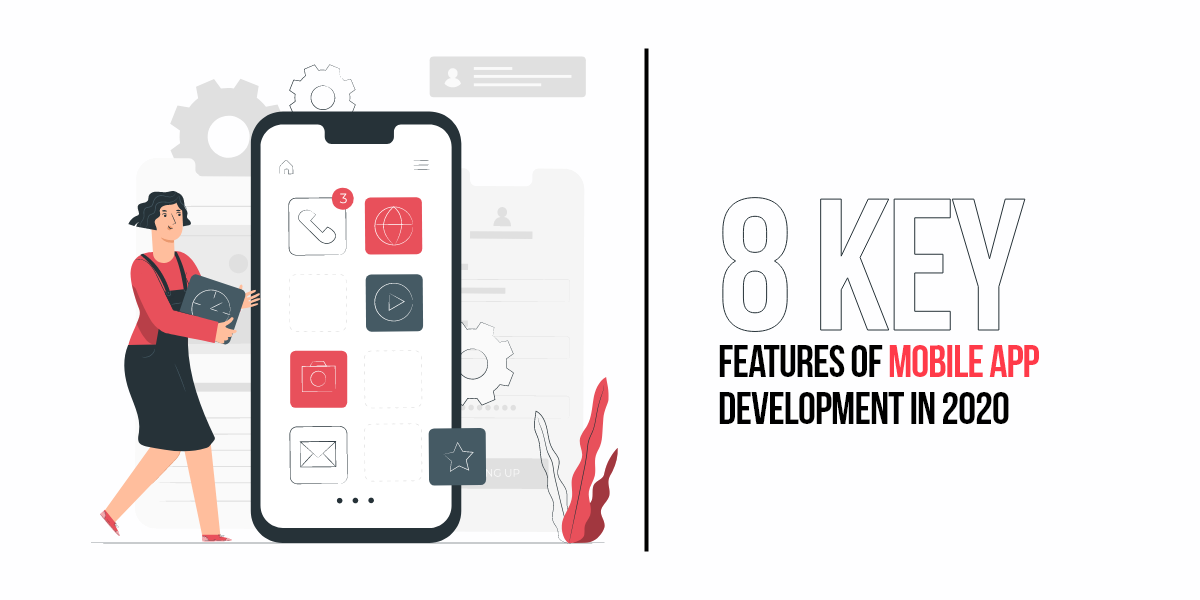

How to enhance user flow? - A guide to UX analysis
UX analysis is an arrangement of strategies and rules that enhance an advanced item's usability and general client stream. An effective UX examination will bring about a noteworthy rundown of changes and upgrades that, once executed, will demonstrate a quantifiable change to the item's client encounter. These might be transformation rate changes and higher client engagement and maintenance.
UX analysis is an arrangement of strategies and rules that enhance an advanced item's usability and general client stream. An effective UX examination will bring about a noteworthy rundown of changes and upgrades that, once executed, will demonstrate a quantifiable change to the item's client encounter. These might be transformation rate changes and higher client engagement and maintenance.

In the same way as other aspects of a decent UX configuration process, the way to an effective UX analysis is compassion: sympathy with clients, their needs, wants… the setting in which they utilize an item (in a hurry cell phones or work area machines at work), what their desires and recognitions are of the item, et cetera.
In spite of the fact that intensive client explores frames the establishment of the planned procedure at an opportune time, interfacing with clients' needs ought to be progressing. The ideal approach to pick up and keep up compassion is to draw in with clients however much as could reasonably be expected—regardless of whether it's through client testing, taking care of client bolster as an originator, or consistently captivating with clients in some other way. This turns out to be particularly vital when endeavoring to enhance the ease of use of a computerized item well past introductory dispatch.
Ordinarily, a UX examination is activated when an item gets negative criticism from clients. A few cases of antagonistic criticism are negative audits on the application store, problematic information in client examination, awful outcomes from an ease of use analysis, or poor execution from a series of client testing. These may point to issues that exist with the client stream, and playing out a UX examination will reveal conceivable arrangements.
In a perfect world, groups should direct UX analyses frequently. This will enable the group to screen changes in client conduct and discover open doors for development. UX examination ought to be standard, particularly after a major item refresh, so as to make sure the general client stream was not affected contrarily.
This ease of use relapse testing takes after relapse testing done as a product test after a discharge to guarantee the highlights that as of now existed are filling in as they should.
Planning
The initial step is to consider which client fragments inside a stream to break down—regularly looking at the two normal sections of new clients and returning clients. Rundown out each portion's interesting objectives utilize cases, and previously established inclinations. This progression ought to be sponsored by some other client explore, for example, watching information examination comes about or a past convenience consider.
Pick a Success Metric
Settle on the achievement metric to dissect. Use any client analysis information accessible, regularly from MixPanel or Google Analytics. Assess the transformation rates starting with one stage then onto the next. Search for self-evident "ricochet" or drop-offs starting with one screen then onto the next.
Regardless of whether it's lower frame deserting or a higher navigate on advertisements, make note of the coveted result opposite the current examination information. Change/drop-off rates can be composed out of each screenshot to uncover the greatest open doors for development inside the client stream. This metric will enable the plan to group approve any theories defined through the UX examination process.
Organize Primary Use Cases
Give more prominent weight to normal utilize cases instead of edge cases. One approach to applying this guideline is to consider which client fragments are most profitable for the general execution, for example, the general income or client maintenance. An option is to characterize which client fragment would require the slightest exertion bringing about the best effect on the item's general execution.
Consider where the change happens in the client stream channel and which change will have the most elevated total effect on the item's general wellbeing. Commonly, prior to the channel brings about the most elevated effect.
"Walk" the User Flow
With each section, experience the client stream by making a fresh out of the plastic new record (if the portion is another client), in a perfect world on another gadget. Now and again, this is best done by experiencing the client stream subsequent to clearing the reserve in the program (for web applications), or expelling the application from the telephone and reinstalling it without any preparation (for versatile applications). Record each progression with a screenshot, regardless of whether it appears to be amazingly unpretentious, for example, when an application prompts a client to permit warnings.
Lay out the screenshots as they occur in the client stream on a Sketch Artboard (or equal), making a point to incorporate the unobtrusive advances, or print them out and consecutively tape them on a divider. The last is prescribed, as it enables the group to take a gander at it all the more comprehensively and with a new arrangement of eyes.
Contingent upon how unique each section's objectives and utilize cases are, this design might be distinctive for each portion. The essential thing to consider is laying out the spill out of the point of view of another client and again for a returning client.
UX Analysis
Presently comes the fun part: dismantling the client stream while taking a gander at it comprehensively and thinking about each portion. The way to doing this effectively is to address everything.
Think about User Expectations
Consider what the client sees and what they anticipate. Do each progression and screen convey what it should? Is the onboarding knowledge accommodating? Is it evident to the client what is being asked of them keeping in mind the end goal to finish their objective?
Client Satisfaction = User Expectations - Product Reality
Once in a while, what a creator or designer believes is clear might confound or go unnoticed by the normal client. For most extreme ease of use, catches, menus, and symbols should use normal visual representations and prompts that clients are accustomed to seeing. Match components on the screen to places in the information that show critical spikes in order to check the UI clearness.
Assess Usability Heuristics
Think about the fundamental heuristics in a heuristic assessment. A heuristic assessment is a rundown of configuration general guidelines that depend on traditions, benchmarks, and best practices to enhance an item's general ease of use. These outline standards incorporate such things as blunder anticipation—limiting the open door for clients to commit slips or errors. The objective is to ensure that, taking the numerous ease of use heuristics as a primary concern, the center ones were considered.
Break down the Number of Steps in User Flows
Check a number of interaction steps it takes to accomplish every objective beforehand characterized for each fragment (each swipe, tap, and drift ought to be considered a stage). Consider how the quantity of steps and many-sided quality of the assignment influences the client. Nothing is guaranteed and everything ought to be addressed. "Does the client truly need to take advantage of this field before rounding it out?"
Assess the App Structure
Consider where includes live in the application and that it is so natural to switch between one element and another. This is particularly important for some client sections and their objectives. For instance, whatever clients connect within the application may live in at least two segments, regardless of whether exchanging between the two is occasional.
Observe how information objects, for example, things in a truck, framework inclinations, and warnings are dealt with crosswise over different zones inside the item. Are clients investing a great deal of energy in one segment of an application and missing essential notices from another? Are clients losing truck things when they hit the "back" catch and after that surrendering their truck in dissatisfaction? Utilizing a client travel guide may help adjust information analysis discoveries over various touchpoints inside an item.
Measuring Success
A UX analysis ought to uncover issue regions that can be reevaluated and impact future outline refreshes. The achievement of these updates can be measured by looking at changes in client information and running resulting UX examination.




